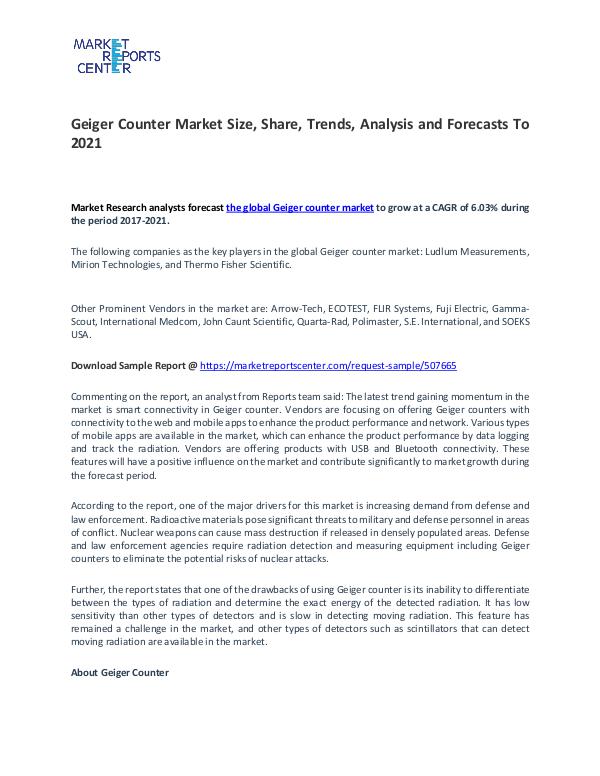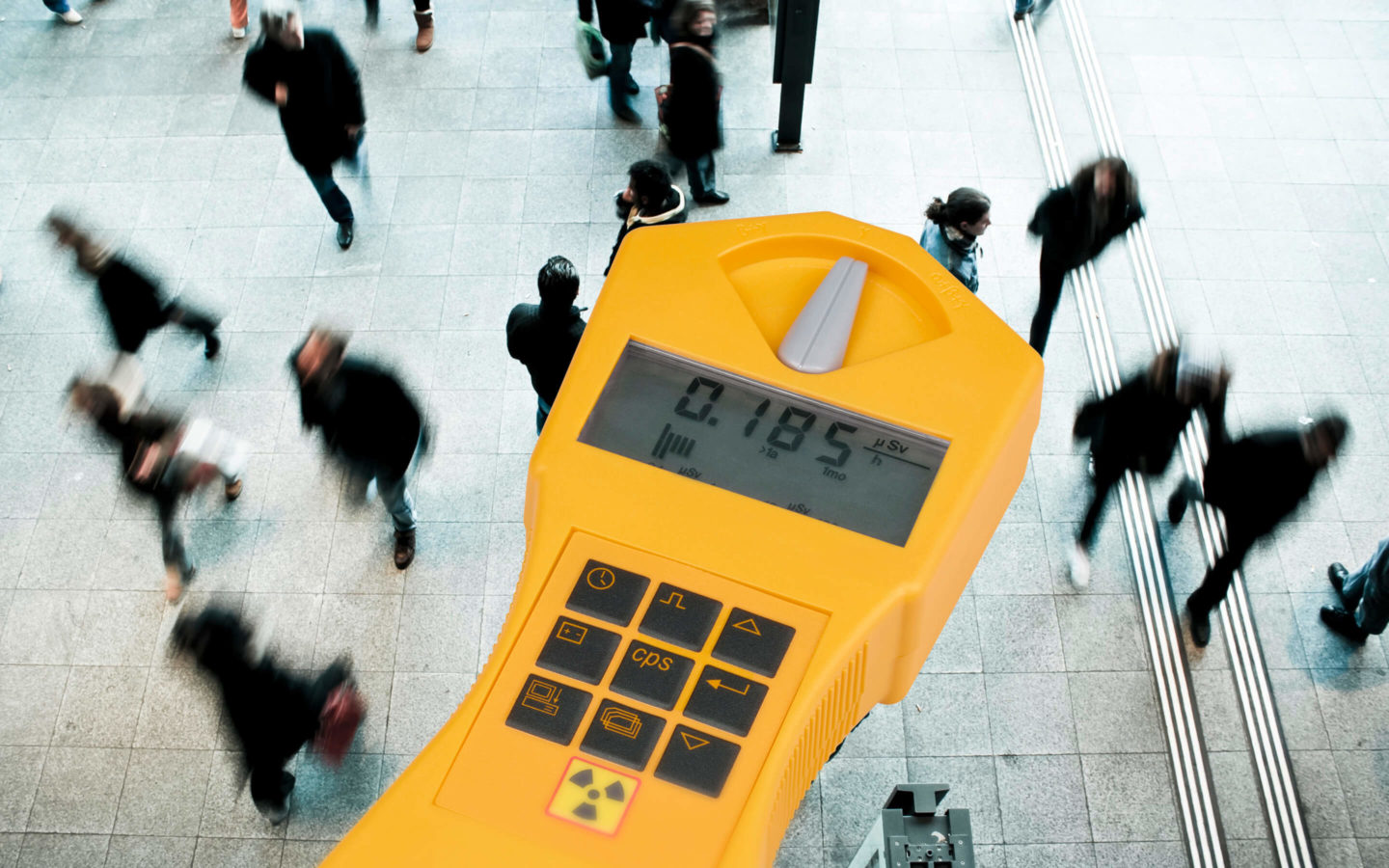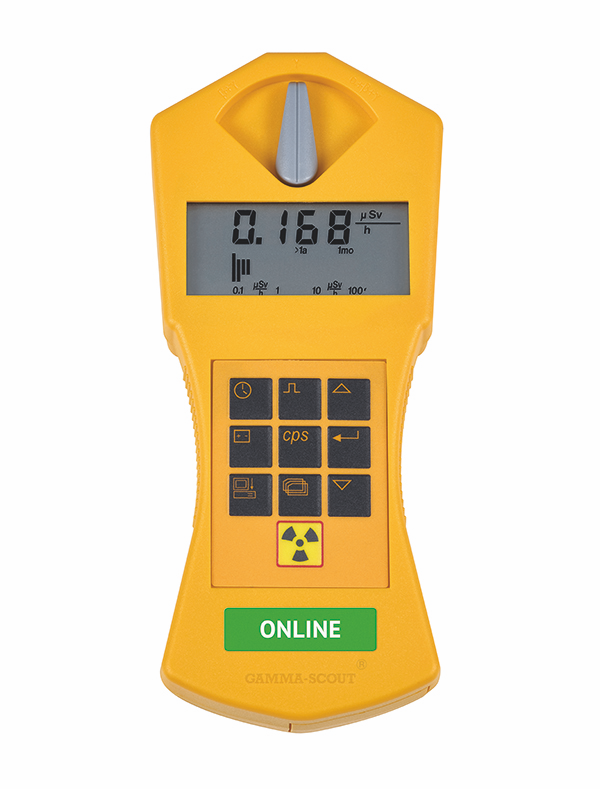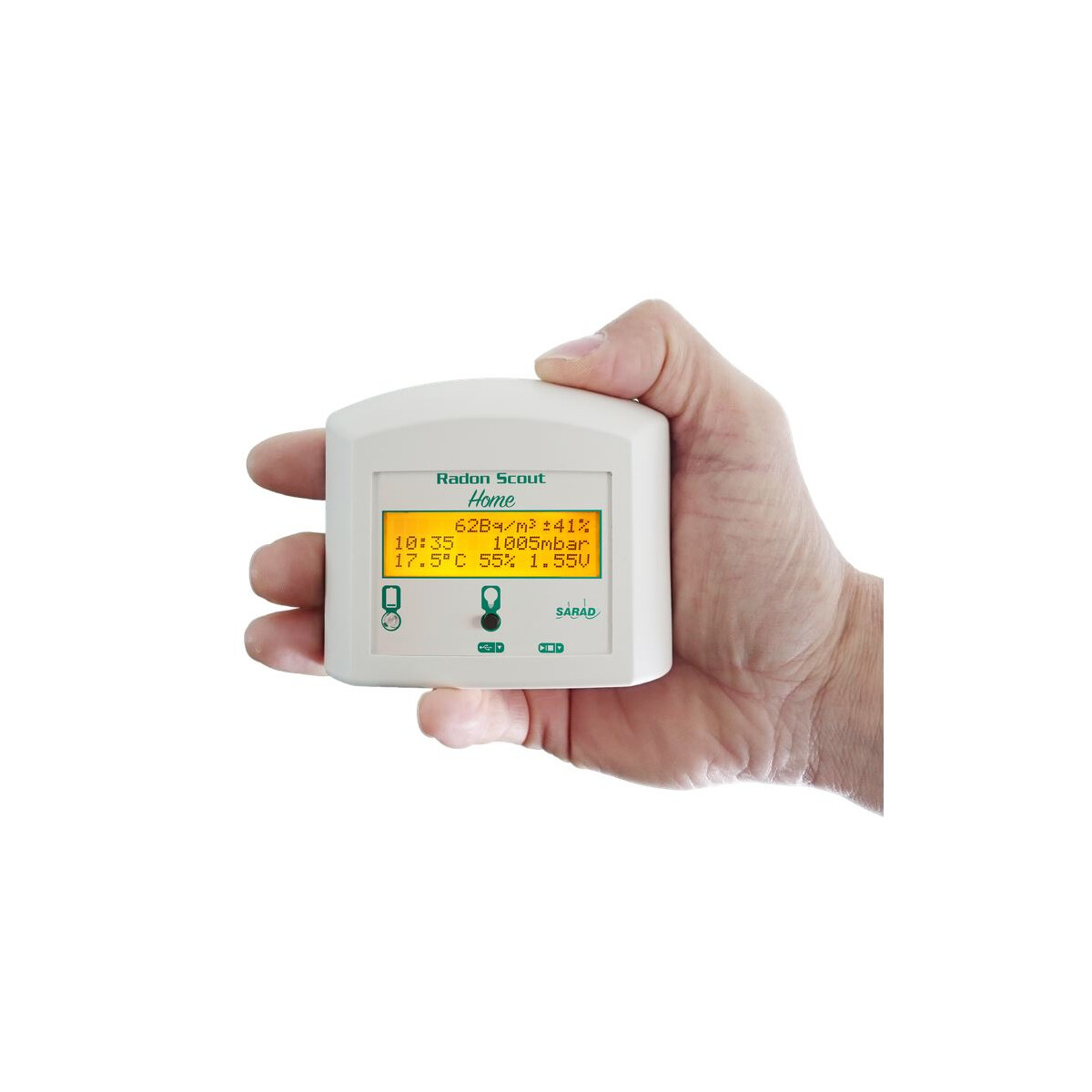Drivers Gamma Scout
1 Hardware
- Drivers Gamma Scout Badges
- Drivers Gamma Scout Logo
- Drivers Gamma Scout Badge
- Drivers Gamma Scout Guide
That's the device this page is all about:
This is a picture of the 'Gamma Scout with Alert' Geiger Counter. It has a USB interface on the bottom which can be used to connect the device to a PC in order to query the logged radiation data. There are also other members of the Gamma Scout Family:
- Free Driver Scout, free and safe download. Free Driver Scout latest version: A Tool to Quickly and Easily Update Your PC Drivers. Free Driver Scout is a holistic driver software that injects life into your PC and eliminates thi.
- Mass Drivers are the basic kinetic weapons. These projectile launchers use various systems of electromagnets to accelerate and fire solid armor-piercing projectiles towards targets at high speeds. They are very effective against shields but very ineffective against armor. Can fit into Small, Medium and Large slots; 3.45 day cooldown.
- Gamma Scout without Alert ('Gamma Scout Basic')
- Gamma Scout with Alert ('Gamma Scout Alert')
- Gamma Scout with Alert and Online Mode ('Gamma Scout Online')
The devices most likely differ only in their firmwares, the hardware seems quite identical. Some of the devices have a RS232 interface via a 9-pin SUB-D connector and others (most new ones) have USB. There also are at least two different protocol versions around (from hereon referred to a protocol v1 and protocol v2) which are both supported by the GammaScoutUtil. There seems to be a correlation between the firmware version, the number of digits in the display and the protocol version. As someone suggested on the Internet (I'm unsure how reliable that information is), all Gamma Scouts with firmware version <= 5.43 have a 3-digit display and use protocol version v1. All Gamma Scouts with firmware version >= 6.02 have a 4-digit display and use protocol version v2. You can find out the firmware version by pressing the 'Battery' button and then the 'Enter' button. For the 'Gamma Scout Online', the GammaScoutUtil only supports the features that the 'Gamma Scout Alert' also has (i.e. Online Mode is not supported at the moment). This is only because I have no access to a online device -- if anybody has such a device and wants to get it running, drop me a note with some details and I'll try to include support for it.
For the USB versions, the hardware which is used is a FTDI FT232RL is used which is nicely supported by Linux already:
GAMMA-SCOUT®is used to control (constant monitoring with log) gamma radiation impact at home and on the job. Very strong gamma radiation loads, above 1000 µSv/h (5,000 times normal radia- tion in Heidelberg), cannot be measured with this technique.
It therefore appears as a serial interface (/dev/ttyUSBn). A query I did with the vendor (Dr. Mirow) in order to get access to the protocol details remained unanswered. Therefore I re-engineered the v2-protocol and wrote a device driver with which you can use the device. Luckily, the protocol was quite easy to understand. For the protocol v1 some info could be found on the net and I had the help of Jörg Wartenberg, who kindly provided the test data from his device (since I do not own a protocol v1 Gamma Scout)
2 Communication Protocol v1
2.1 Commands and Responses
Older models of the Gamma Scout family use the v1 protocol. This is, as the v2, based on ASCII communication, but a little bit more limited. Most notably, the PC cannot initiate the connection, but the 'PC mode' has to be activated first by pressing the according button of the Gamma Scout. This makes the Gamma Scout with a v1-protocol virtually useless for continuous data logging. Communication is performed with 2400 baud, 7E1, no echo. Note that every response (in contrast to the v2 protocol) is not only preceded by 'rn', but also by a space character (denoted explicitly as s for more clarity). Here's the command list:
Drivers Gamma Scout Badges

| Command | Description | Response | Example |
| 'v' 76 | Get version of device | 'rnsVersion 5.43rn' | |
| 'd' + DDMMYY 64 [..] | Sets the current date | 'rnsDatum gestelltsrn' | Example to set date to 2011-10-02: |
| 'u' + HHMM 75 [..] | Sets the current time | 'rnsZeit gestelltsrn' | Example to set time to 12:34: |
| 'z' 7a | Clear the recorded logs | 'rnsProtokollspeicher wieder freisrn' | |
| 'i' 69 | Reset and self-test the device. | No response. | |
| 'b' 62 | Dump the recorded logs | Multiple lines of hex-dump (started by 'rnsGAMMA-SCOUT Protokollsrnrn') |
2.2 Log Interpretation
In contrast to the protocol version 2, special command codes are slightly different. The first three bytes of the log encode the serial number of the device in little endian using the 'decimal interpreted as hexadecimal' representation (i.e. for the above device, that serial would be 10203). At position 0x20 a uint16 value is stored in little endian byte order indicating the first invalid address in the log. The actual log then starts at 0x100. For the example above, the first invalid log address is 0x131 (the uint16 value at position 0x20), therefore the log is from 0x100 to 0x130 (inclusively). The log itself contains encoded command codes and impulse counts. The command codes always have 0xf in the first nibble of the first byte (i.e. every hex-sequence that starts with 0xf? is a command code, everything else is a impulse count):
| Command | Description | Example |
| fe [mm] [hh] [DD] [MM] [YY] | New date and time has been set. Note that all values are decimal values in hexadecimal representation, or in other words: To get the actual values of each byte, you have to calculate: byte = 10 * ((byte & 0xf0) >> 4) + (byte & 0x0f) | fe ef 59 23 31 12 11Encodes that the date will be from this point in the log 2011-12-31 23:59 |
| ff [GG GG] [CC CC] | Encodes that there is a gap in the logs. GG GG is the gap time in minutes, given in little endian byte order. The impulse count CC CC encodes the amount of impulses counted in that given period of time. The impulses are encoded in floating point represantation, for a detailled description see the section 'Floating Point Representation' | ff 0f 00 00 f8Encodes that a gap of 15 minutes occurred, i.e. 0x000f. In this interval, 248 impulses were counted. |
| f4 | Encodes that the acquisition interval will be 1 minute from now on. | |
| f3 | Encodes that the acquisition interval will be 10 minutes from now on. | |
| f2 | Encodes that the acquisition interval will be 1 hour from now on. | |
| f1 | Encodes that the acquisition interval will be 1 day from now on. | |
| f0 | Encodes that the acquisition interval will be 7 days from now on. | |
| [CC CC] | Encodes an impulse count. Impulse counts are encoded in floating point represenation with a 6 bit exponent and 10 bit mantissa. The values are decoded according to the description in the 'Floating Point Representation' section. | See 'Floating Point Representation' section. |
3 Communication Protocol v2
3.1 Commands and Responses
The communication protocol v2 the Gamma Scout uses is trivially easy to understand and implement. Communication is done with 9600 baud, 7E1, no echo. The protocol is ASCII-based, you can use for example picocom to play around with it a little. Here is a list of commands that you can issue and the according responses:
Drivers Gamma Scout Logo
| Command | Modes / Description | Response | Example |
| 'v' 76 | PC, Acquisition: Get version and mode information of device |
| Acquisition mode: PC connected mode: |
| 'P' 50 | Acquisition: Switch to PC mode | 'rnPC-Mode gestartetrn' | |
| 'X' 58 | PC: Switch to Acquisition mode | 'rnPC-Mode beendetrn' | |
| 't' + YYMMDDHHMMSS 74 [..] | PC: Set date and time of the device to desired value. Note that this command has to be sent extremely slowly, i.e. about 500ms between each character, or the device will lose single characters. Note also that the date and time is not checked for plausibility whatsoever, so it is perfectly possible to set the date to ff-55-99 90:60:90. | 'rnDatum und Zeit gestelltrn' | Example to set time to 2011-10-02 20:19:00: |
| 'c' 63 | PC: Get some configuration data from the device | Multiple lines of hex-dump | Since I have no clue what these values encode, I blacked them partially out. They're just some hexdump with four lines of data, then all zeroes. The first line of data looks somewhat special: |
| 'b' 62 | PC: Dump the recorded logs | Multiple lines of hex-dump | |
| 'z' 7a | PC: Clear the recorded logs | 'rnProtokollspeicher wieder freirn' | |
| 'i' 69 | PC: Reset and self-test the device. Completely erases the log and date/time settings. Performs a quite lengthy self-test after issued where it counts from 0x0 to 0xffff in steps of 0x400 about four times. | No response. |
3.2 Log Interpretation
The log that is issued upon sending the 'b' command is also quite easy to understand. First it is necessary to know that the log does not get reset when it is cleared, only the pointer gets reset to the beginning. Therefore it is necessary to query how much data is valid by using the 'v' command before issuing 'b'. Each line contains 33 bytes of data (i.e. 66 characters + 'rn', so 68 bytes per line). The first 32 bytes in each line are actual protocol data. The last byte is the checksum, which can be calculated by taking the sum of the preceding 32 bytes modulo 256. Then while traversing the log, if the first byte is 0xf5, it indicates a special command and has variable length. If it does not start with 0xf5, it is a impulse count, coded in big endian format. Here's the list of special commands:
| Command | Description | Example |
| f5 ef [mm] [hh] [DD] [MM] [YY] | New date and time has been set. Note that all values are decimal values in hexadecimal representation, or in other words: To get the actual values of each byte, you have to calculate: byte = 10 * ((byte & 0xf0) >> 4) + (byte & 0x0f) | f5 ef 59 23 31 12 11Encodes that the date will be from this point in the log 2011-12-31 23:59 |
| f5 ee [GG GG] [CC CC] | Encodes that there is a gap in the logs. This occurs whenever the interval was changed. For example, when having the device in 7-day acquisition mode and changing to 5-minute acquisition mode after 3 days, the amount of time (3 days) will be recorded and the amount of counts recorded so far will also be recorded. The gap is coded in little endian (!) in 10-second intervals, but the counts are encoded in big endian floating point representation (detailled description in section 'Floating Point Representation'). | f5 ee 68 00 01 9aEncodes that a gap of 17:20 (minutes:seconds) occurred, i.e. 0x0068 * 10 seconds (1040 seconds). In this interval, 410 impulses were counted (0x019a). |
| f5 0c | Encodes that the acquisition interval will be 10 seconds from now on. | |
| f5 0b | Encodes that the acquisition interval will be 30 seconds from now on. | |
| f5 0a | Encodes that the acquisition interval will be 1 minute from now on. | |
| f5 09 | Encodes that the acquisition interval will be 2 minutes from now on. | |
| f5 08 | Encodes that the acquisition interval will be 5 minutes from now on. | |
| f5 07 | Encodes that the acquisition interval will be 10 minutes from now on. | |
| f5 06 | Encodes that the acquisition interval will be 30 minutes from now on. | |
| f5 05 | Encodes that the acquisition interval will be 1 hour from now on. | |
| f5 04 | Encodes that the acquisition interval will be 2 hours from now on. | |
| f5 03 | Encodes that the acquisition interval will be 12 hours from now on. | |
| f5 02 | Encodes that the acquisition interval will be 1 day from now on. | |
| f5 01 | Encodes that the acquisition interval will be 3 days from now on. | |
| f5 00 | Encodes that the acquisition interval will be 7 days from now on. | |
| f5 f3 | Unknown. Occurs in the log after the device has been reset. | |
| f5 f4 | Unknown. Occurs in the log after the device has been reset. | |
| [CC CC] | Encodes an impulse count. Impulse counts are encoded in floating point represenation with a 6 bit exponent and 10 bit mantissa. The values are decoded according to the description in the 'Floating Point Representation' section. | See 'Floating Point Representation' section. |

4 Floating Point Representation
Impulse counts are encoded in floating point represenation with a 6 bit exponent and 10 bit mantissa. First, the value is converted using big endian decoding (most significant byte first):
Then the exponent and mantissa can be extracted (format is eeeeeemm mmmmmmmm): The two least significant bits of the exponent are then mangled together: If the resulting exponent is zero, the impulse count is the mantissa value. Otherwise, the impulse count is retrieved by adding 210 to the mantissa and then multiplying by 2exponent - 1. In other words:4.1 Examples
For the last example (ab cd), converting to big endian yields 0xabcd. The exponent and mantissa therefore are 42 and 973. After mangling the two least significant bits of the exponent together, the exponent is 21. Therefore, the result is: (973 + 1024) * 220 = 1997 * 220 = 2094006272.
Thanks to Martin Bönsch, who noticed an error in the above calculation and corrected it.
Diamond modems driver download. Download Drivers and Manuals Diamond Multimedia Please find your product drivers & manuals using the search box on the left side of this page. You can download the drivers under the Support & Download.
5 Linux Software: GammaScoutUtil
5.1 Prerequisites
Here's what's required to get GammaScoutUtil running:
- Python 3.0 or greater
- pyserial
For Ubuntu:
5.2 Getting Started
After plugging in the Gamma Scout into your USB port, check with dmesg which device it is recognized as. Usually this will be /dev/ttyUSB0. Then, you can call gammascoututil to check if it finds your Gamma Scout. Putting the Gamma Scout into PC mode beforehand is actually not necessary, the software takes care of that.
Then, let's first read out the internal log into a text file:
What you might want to do if your have the tool running via a cronjob (i.e. have the setting log in a small interval and clear the data nightly) is log into a database. For this you can directly query into a sqlite database. Also note that you can supply multiple commands on one command line (for example, readout and clear the database afterwards):
5.3 Downloads

| Filename | Last Changed | Description |
|---|---|---|
| GitHub | This is the official GitHub repository and the place where all new development will be posted. | |
| GammaScoutUtil-0.04.tar.gz | 2012-01-06 |
|
| GammaScoutUtil-0.03.tar.gz | 2011-10-26 |
|
| GammaScoutUtil-0.02.tar.gz | 2011-10-02 |
|
The Global Geiger Counter Market report enfolds expansive evaluation of the Global Geiger Counter Market including market size forecast, demand driver analysis, and growth perspective up to 2025. It is a comprehensive compilation of valuable insights based on the industry. The report intends to provide an in-depth intelligence of the global Geiger Counter market. The study follows a coherent and systematic report structure that helps clients, Geiger Counter business owners, company officials, stakeholders, and industry researchers to gain a thorough perception of market developments.


The report also underscores the vital current and potential opportunities and challenges in the global Geiger Counter market, which assists clients to reduce forthcoming fluctuations and uplift their profitability in the market. It also helps to comply with rapidly changing market demands, and the needs and wants of their buyers. Additionally, future market risks, threats, uncertainties, and obstacles are also covered in the report with a detailed analysis of historical occurrences. The global Geiger Counter market report also employs various adept business models such as SWOT and Porter’s Five Forces analysis that explains market concepts at a minute level.
Get Sample of Global Geiger Counter Market Report 2020: https://www.marketresearchexplore.com/report/global-geiger-counter-industry-market-research-report/172915#enquiry
Drivers Gamma Scout Badge
Concise review of global Geiger Counter market rivalry landscape:
- John Caunt Scientific
- Quarta-Rad
- Arrow-Tech
- Gamma-Scout
- Polimaster
- S.E. International
- SOEKS USA
- ECOTEST
- FLIR Systems
- Fuji Electric
- International Medcom
Drivers Gamma Scout Guide
The report further provides precise market estimates and projections based on an in-depth study of past and current market events to help clients steer their business operations wisely. Significant facets of the global Geiger Counter market are market rivalry, segmentation, industry environment, and major competitors, that have been thoroughly analyzed in this study. The report also evaluates their impact and influence on the Geiger Counter market’s growth momentum.
The report also highlights vital details based on the leading players in the global Geiger Counter industry. It comprises a profound analysis of their manufacturing base, capacities, Geiger Counter production volume, major vendors, raw material sourcing strategies, global reach, distribution networks, organizational structure, corporate alliance, and serving segments. Leading Geiger Counter companies tend to adopt the latest technologies as well as product development practices, and innovations to upgrade their offering in the market.
Pivotal segments of the global Geiger Counter market:
- Nuclear Physics
- Medicine
- Particle Physics
- Industrial Field
It also revolves around their financial evaluations and provides crucial assessments considering Geiger Counter sales volume, gross margins, production cost, raw material expenses, revenue, annual growth rates, cost structure, CAGR, and profit figures. The study also includes important details of their operations and strategies such as product launches, brand promotions, mergers, acquisitions, ventures, and partnerships. Players are widely embracing these changes as they look forward to expanding their business across the globe.
The report examines current and futuristic market performance by dividing the global Geiger Counter market into various crucial segments such as types, applications, regions, technologies, and end-users. The report explores each market segment on the basis of their current market acceptance, production & sales volume, and development forecast. Download hamlet network & wireless cards driver. The report also includes a detailed regional analysis of the market, based on North America, Europe, South America, the Middle East, and the Asia Pacific.
Market Research Explore provides customization of reports as per your need. Get in touch with our sales team at [email protected] if you want to personalize the report to meet your requirements.
